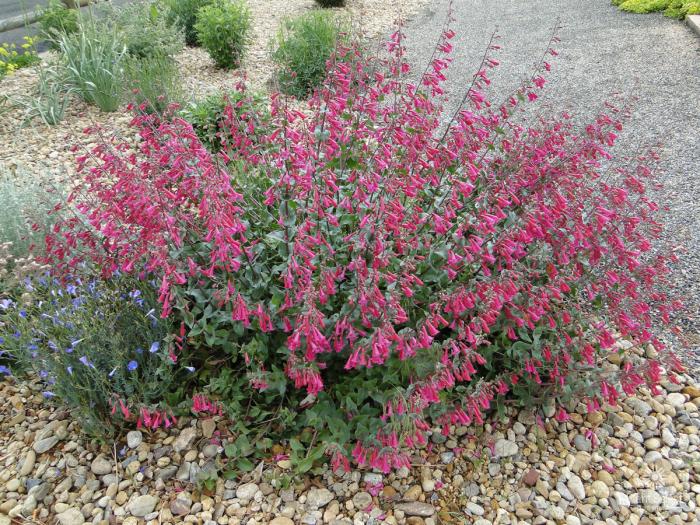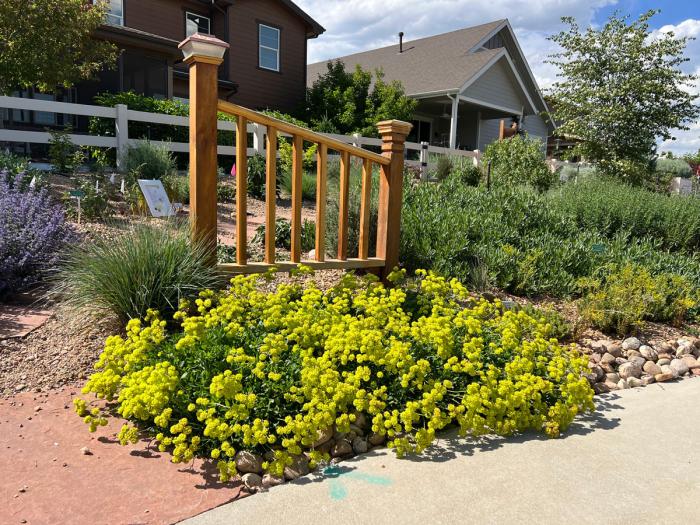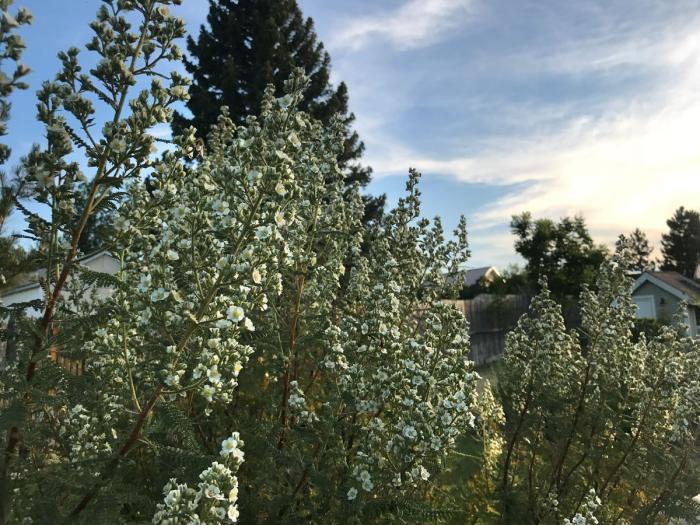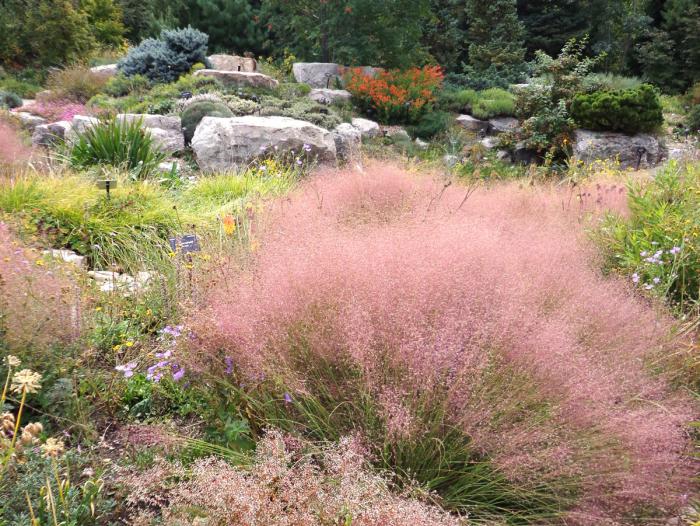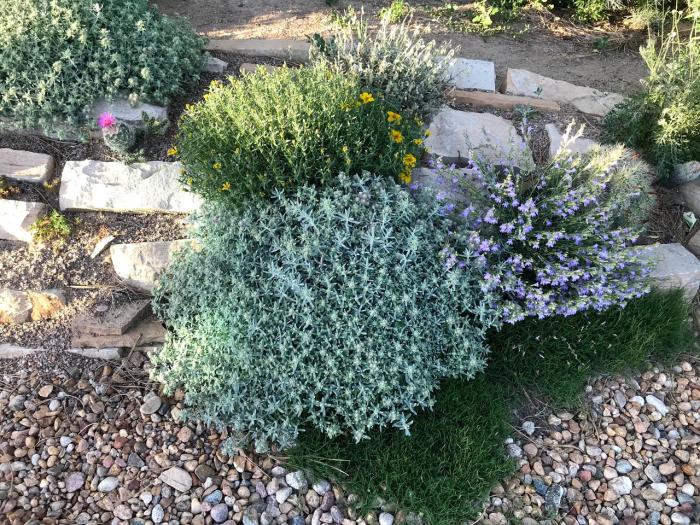Five water-wise favorites from Plant Select!
Garden centers full of plants can feel overwhelming, and not every plant is drought-tolerant.
A great way to choose well is to prep before you buy. Check out websites about plants that thrive in Colorado’s semi-arid climate and can be used in different styles of landscapes.
One of those websites is PlantSelect.org.
Learn more about ColoradoScaping at denverwater.org/Conserve.
Plant Select is a nonprofit collaboration of Colorado State University, Denver Botanic Gardens and professionals in the horticulture industry. Their goal is to find, test and share plants that thrive in Colorado’s semi-arid climate.
Plant Select has put its label on nearly 200 water-wise plants, including shrubs, trees, grasses and perennials.
Learn more about Plant Select in this TAP story.
Denver Water promotes water-wise plants in the landscape because they use less water than a traditional, water-intensive Kentucky bluegrass lawn and can be a part of a showcase ColoradoScape.
Ross Shrigley of Plant Select shared five of his favorite water-wise plants. Read about them below.
Watch his interview here:
Desert beardtongue (aka, desert penstemon)
Desert beardtongue is an awesome “transitional” plant for homeowners into water-wise gardening. It has a lusher vibe and showy flowers, and it can survive on very little water once established.
It’s also a great plant to attract pollinators. Hummingbirds love it! The Plant Select label can be found on more than a dozen penstemons, so be sure to look around for ones that have the colors you’re looking for in your landscape.
Garden centers tend to carry penstemons early in the season, so shop early!
Kannah Creek buckwheat
There are many reasons to love this water-wise plant. It looks great year-round and is a Colorado native. It’s very attractive to pollinators and it’s also rabbit resistant. It gets yellow flowers that are as bright as a highlighter.
In the fall, the leaves on this plant begin to turn a deep purple. The leaves have that color all winter! In the spring, the leaves turn back to green.
We like to call this shrub the “hydrangea of the West,” says Ross Shrigley of Plant Select.
Technically, fernbush isn’t a hydrangea, but it has a hydrangea-like vibe because it’s lush and green, and it grows to about 5 feet to 6 feet tall. An added benefit is that it gets showy, white flowers in mid-summer, whereas many other shrubs flower in the spring or fall.
And yay for water-wise landscapes! This plant doesn’t really need any supplemental irrigation after it’s established. It’s very low water, and it’s attractive to a variety of interesting pollinators.
It’s perfect for tough, sunny, dry spots.
This is an ornamental grass with stunning, pink “puffballs” in the late summer and fall. It has graceful, fine-textured, gray-green mounds topped by clouds of tiny ruby flowers.
One of Undaunted ruby muhly’s best features is that it remains beautiful even in the winter months.
This newbie for 2024 is widely available.
It’s a silver groundcover that keeps its foliage color year-round. It gets pretty, purple flowers in the early summer. It could be a replacement for turf grass in places that aren’t getting foot traffic.
Look for the Plant Select logo:
Shrigley also spoke at a Denver Water landscape transformation workshop.
You can watch his presentation here:


